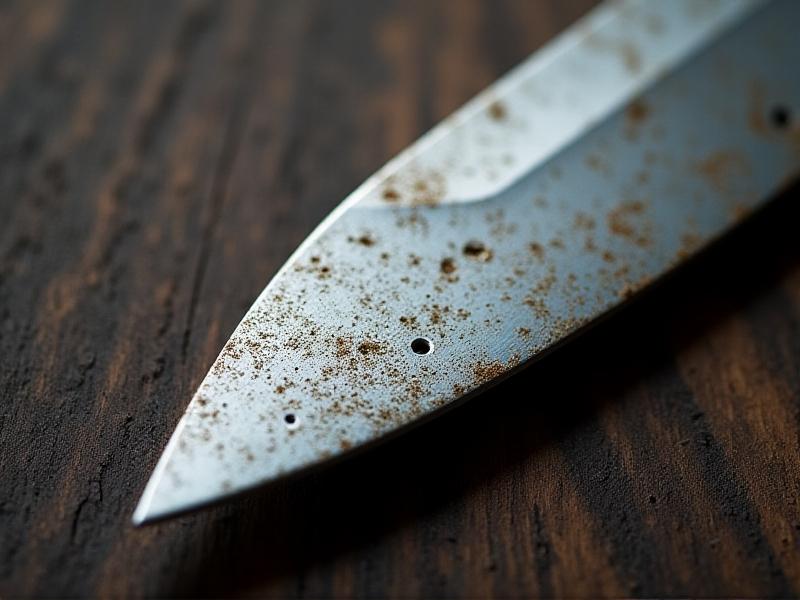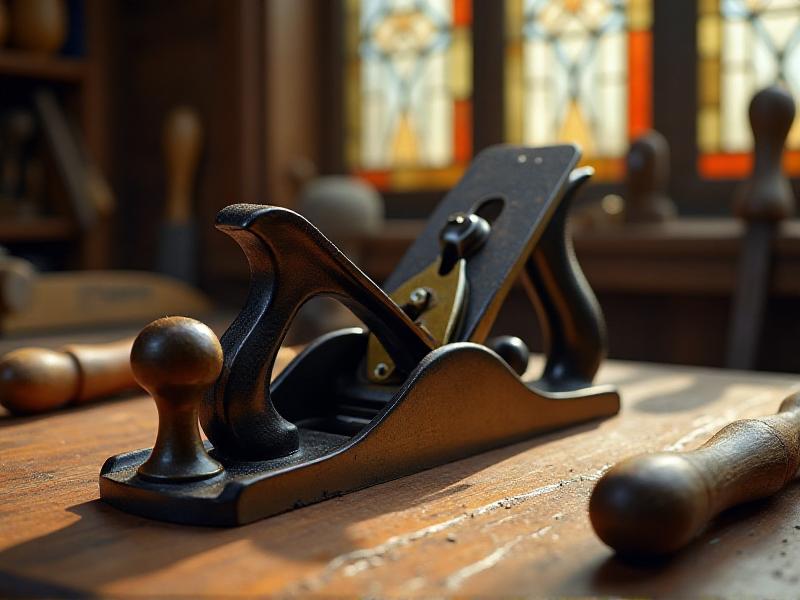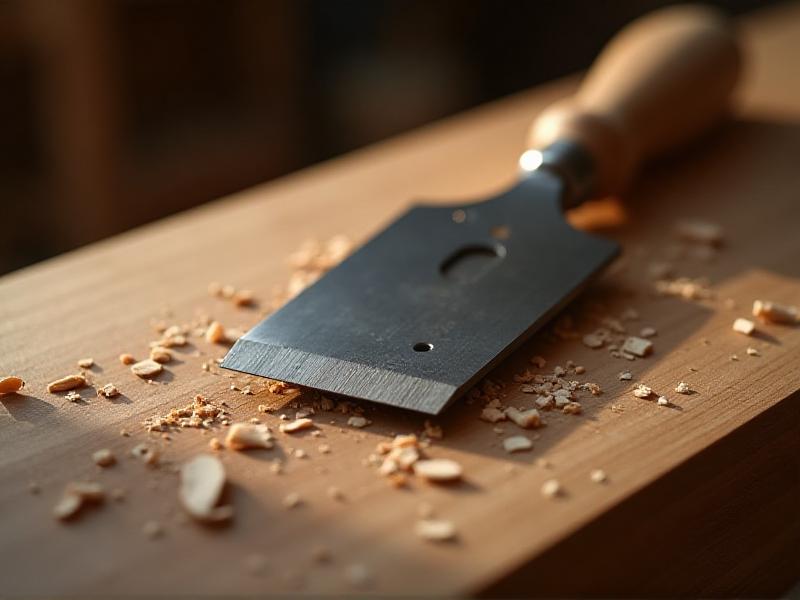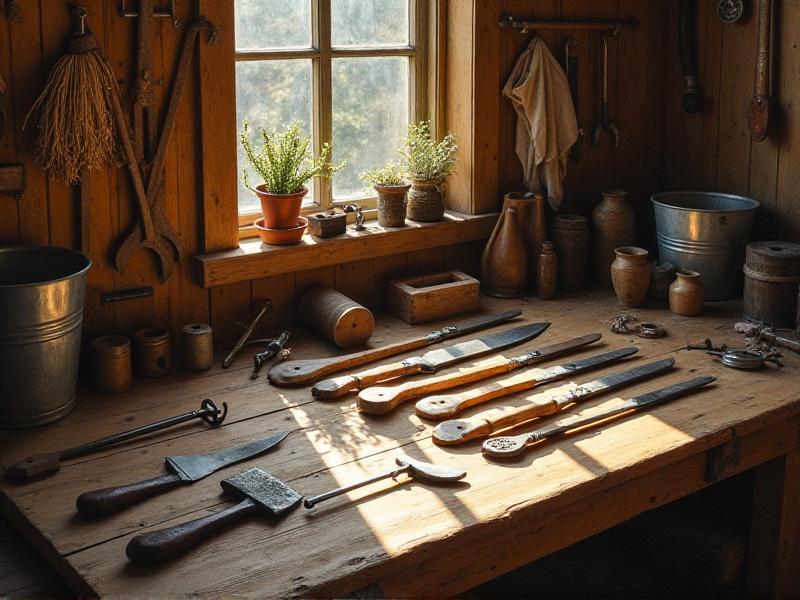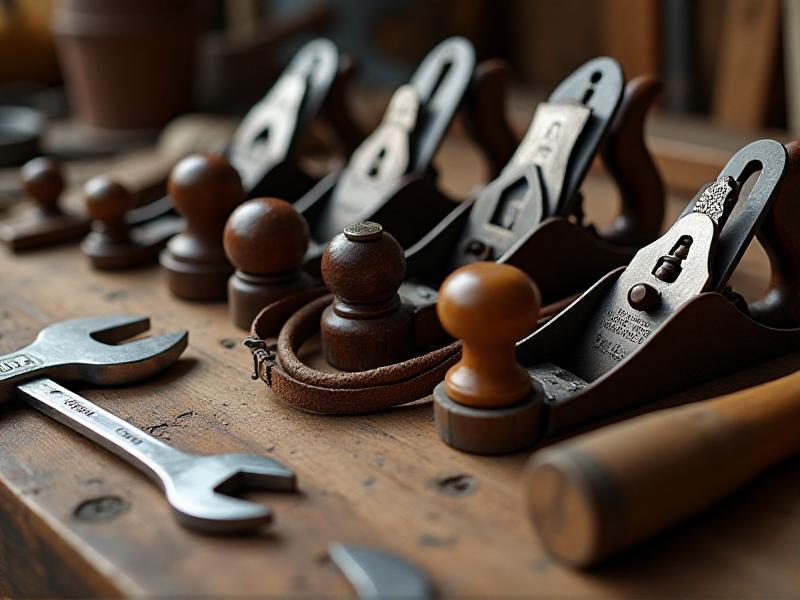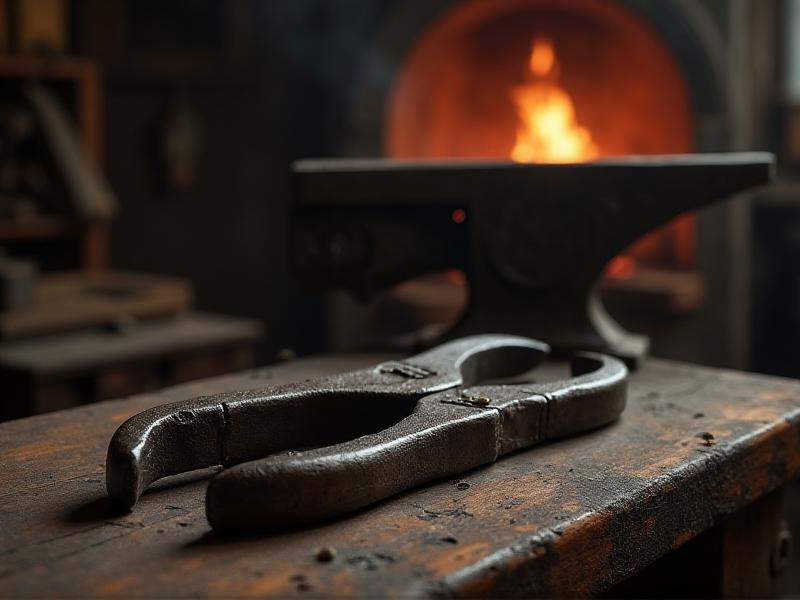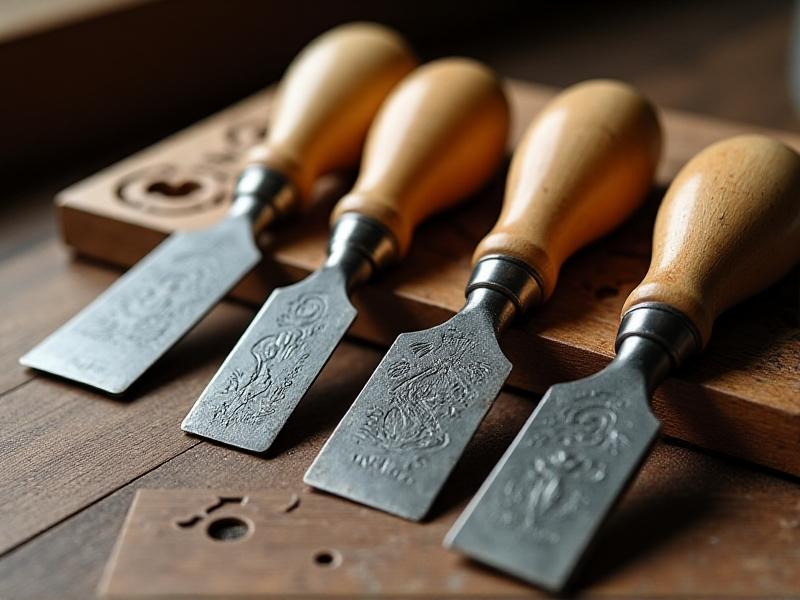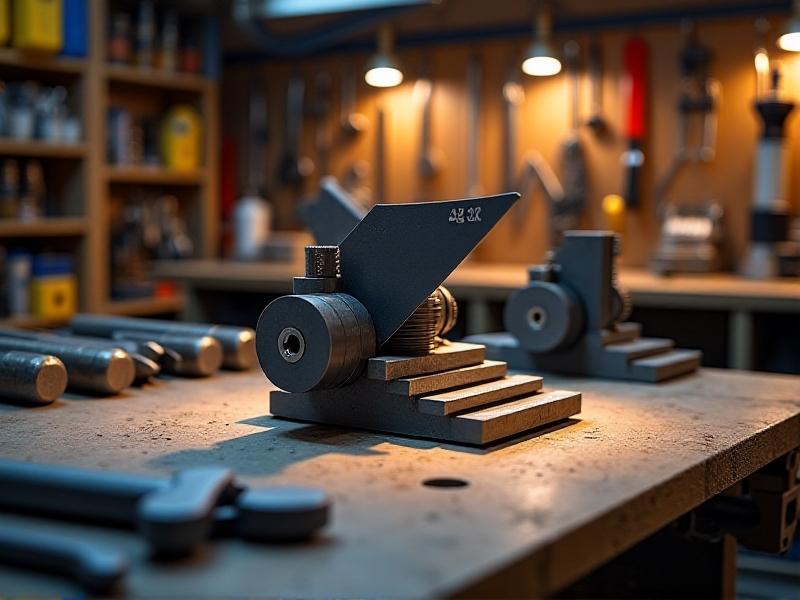Japanese Water Stone Honing Techniques
The History and Evolution of Japanese Water Stone Honing
Japanese water stone honing techniques have a rich history that dates back centuries. These techniques were developed during the Edo period when Japanese swordsmiths sought the sharpest edges for their blades. The use of water stones, or mizu-to , became integral to their craft, offering a finer and more controlled sharpening process compared to dry stones. Over time, these methods were adapted for kitchen knives, woodworking tools, and other precision instruments, becoming a cornerstone of Japanese craftsmanship.
The evolution of water stone honing reflects Japan's cultural emphasis on precision and respect for tools. Traditional water stones were mined from specific regions, such as Kyoto and Narutaki, known for their high-quality sedimentary rock. These stones were prized for their ability to produce a razor-sharp edge while maintaining the integrity of the blade. Modern advancements have introduced synthetic water stones, which replicate the properties of natural stones but offer greater consistency and affordability.
Today, Japanese water stone honing is celebrated worldwide for its effectiveness and meditative quality. The process requires patience, skill, and a deep understanding of the tools and materials involved. It’s not just about sharpening a blade; it’s about connecting with a tradition that values craftsmanship and attention to detail.
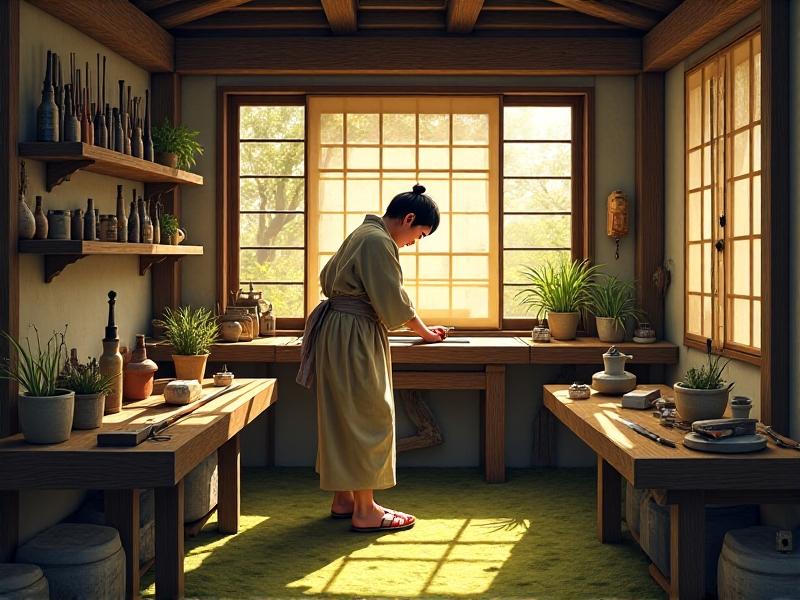
Understanding the Types of Japanese Water Stones
Japanese water stones come in various types, each suited for specific stages of the honing process. The most common categories are coarse, medium, and fine grit stones. Coarse grit stones, typically ranging from 120 to 800 grit, are used for repairing damaged blades or reshaping edges. These stones remove material quickly, making them ideal for heavy-duty sharpening tasks.
Medium grit stones, ranging from 1000 to 3000 grit, are used for refining the edge after coarse sharpening. They smooth out the scratches left by coarse stones and prepare the blade for the final honing stage. Fine grit stones, which range from 4000 to 8000 grit, are used for polishing and achieving a razor-sharp edge. These stones create a mirror-like finish and are essential for precision tools and high-quality kitchen knives.
Natural water stones, such as Aoto and Suita, are highly prized for their unique properties and historical significance. However, synthetic stones have become more popular due to their affordability and consistent performance. Understanding the differences between these types of stones is crucial for selecting the right one for your sharpening needs.
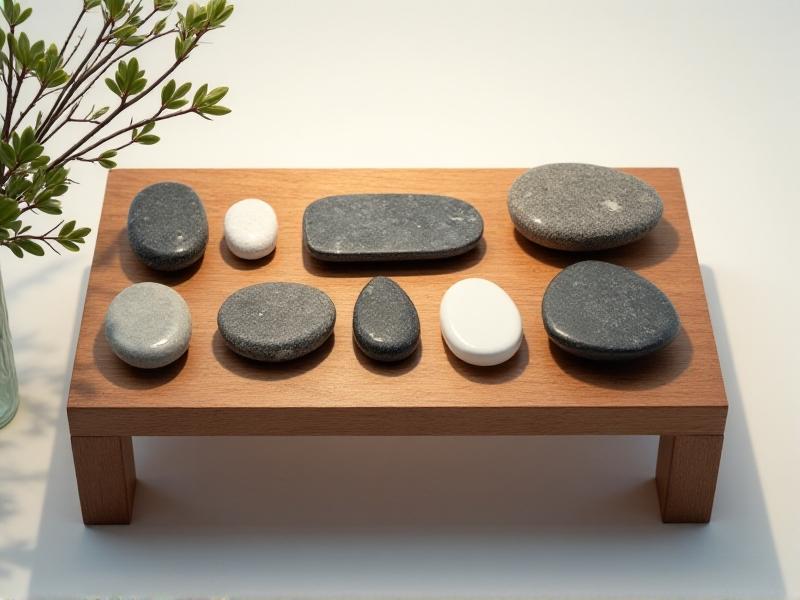
The Science Behind Water Stone Honing
Japanese water stone honing is as much a science as it is an art. The process relies on the abrasive particles embedded in the stone to remove material from the blade. When water is added, it creates a slurry that enhances the cutting action and prevents the blade from overheating. This slurry also helps to flush away metal particles, keeping the stone’s surface clean and effective.
The grit size of the stone determines the aggressiveness of the sharpening process. Coarse grit stones have larger abrasive particles that remove material quickly, while fine grit stones have smaller particles that produce a smoother finish. The key to effective honing lies in maintaining the correct angle and applying consistent pressure. This ensures that the blade is sharpened evenly and maintains its structural integrity.
Modern research has also explored the role of water stone composition in the honing process. Synthetic stones are engineered to provide consistent grit distribution, which improves their performance and longevity. Understanding the science behind water stone honing can help sharpeners achieve better results and prolong the life of their tools.
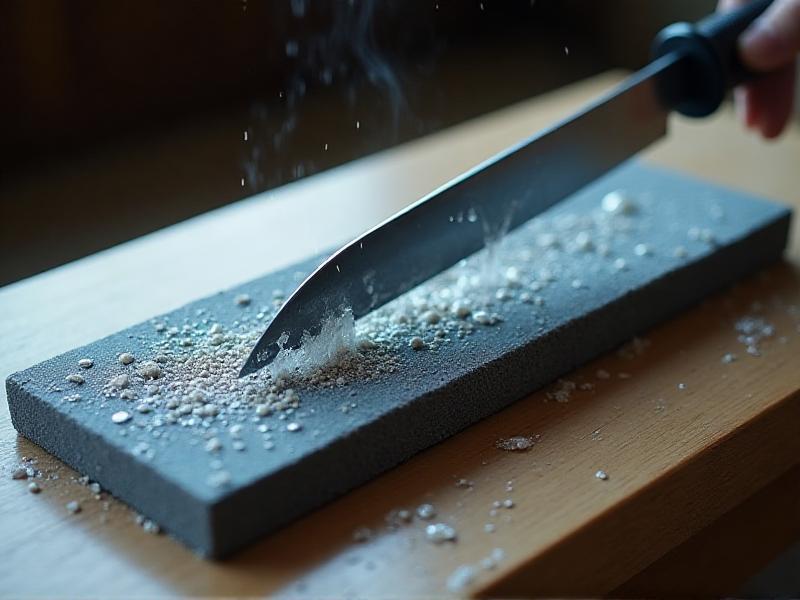
Step-by-Step Guide to Honing with Japanese Water Stones
Honing with Japanese water stones requires a methodical approach to achieve the best results. Begin by soaking the stone in water for 10 to 15 minutes, ensuring it is fully saturated. Place the stone on a stable surface, such as a rubber stone holder, to prevent it from slipping during use.
Start with a coarse grit stone if the blade is dull or damaged. Hold the knife at a 15 to 20-degree angle and use smooth, even strokes to sharpen the blade. Apply light pressure and focus on maintaining a consistent angle. After several passes, switch to a medium grit stone to refine the edge. Finally, use a fine grit stone to polish the blade and achieve a razor-sharp finish.
Throughout the process, keep the stone wet by periodically adding water. This prevents the blade from overheating and ensures a smooth sharpening action. After honing, rinse the blade and stone to remove any metal particles. Dry the blade thoroughly to prevent rust and store it in a safe place.
Common Mistakes to Avoid When Using Water Stones
One of the most common mistakes when using Japanese water stones is applying too much pressure. Excessive force can damage the blade and reduce the effectiveness of the stone. Instead, use light, even strokes to achieve a consistent edge. Another mistake is failing to maintain the correct angle. Inconsistent angles can result in an uneven edge and reduce the blade’s performance.
Neglecting to soak the stone properly is another frequent error. A dry stone can cause the blade to overheat and become damaged. Always ensure the stone is fully saturated before use. Additionally, failing to clean the stone after use can lead to clogging and reduce its effectiveness. Rinse the stone thoroughly and store it in a dry place to maintain its quality.
Finally, using the wrong grit stone for the task can lead to poor results. Coarse stones are ideal for heavy-duty sharpening, while fine stones are best for polishing. Understanding the purpose of each stone is essential for achieving the best results.
Maintaining and Caring for Your Japanese Water Stones
Proper maintenance is essential to prolong the life of your Japanese water stones. After each use, rinse the stone thoroughly to remove metal particles and slurry. Use a stone flattener or lapping plate to keep the surface even and prevent uneven wear. Store the stone in a dry place to prevent cracking or warping.
Regularly inspect the stone for signs of wear or damage. If the surface becomes uneven, use a flattening tool to restore its shape. Avoid exposing the stone to extreme temperatures or direct sunlight, as this can cause it to dry out and crack. With proper care, a high-quality water stone can last for years and provide consistent performance.
Investing in a stone holder and a storage case can also help protect your stones and keep them organized. These accessories ensure that the stones remain stable during use and are stored safely when not in use. By taking the time to care for your water stones, you can enjoy their benefits for years to come.
The Cultural Significance of Water Stone Honing in Japan
Japanese water stone honing is deeply rooted in the country’s cultural heritage. It reflects the Japanese philosophy of monozukuri , which emphasizes the art of making things with care and precision. This philosophy is evident in the meticulous attention to detail required for water stone honing, as well as the respect for tools and materials.
Water stone honing is also associated with the concept of wabi-sabi , which celebrates the beauty of imperfection and the passage of time. The process of honing a blade is seen as a meditative practice that fosters patience and mindfulness. It’s not just about achieving a sharp edge; it’s about connecting with the tools and the tradition behind them.
In Japan, water stone honing is often passed down through generations, with master sharpeners teaching their apprentices the techniques and principles of the craft. This transmission of knowledge ensures that the tradition remains alive and continues to inspire future generations.
Comparing Japanese Water Stones to Other Sharpening Methods
Japanese water stones are often compared to other sharpening methods, such as oil stones, diamond stones, and electric sharpeners. Each method has its advantages and disadvantages, but water stones are widely regarded as the best option for achieving a razor-sharp edge. Unlike oil stones, water stones do not require messy oil and are easier to clean. They also produce a finer edge than diamond stones, which are more abrasive and can remove material too quickly.
Electric sharpeners are convenient but lack the precision and control of water stones. They can also overheat the blade, causing damage. Water stones, on the other hand, provide a gentle and controlled sharpening process that preserves the blade’s integrity. While they require more skill and practice, the results are unmatched in terms of sharpness and finish.
Ultimately, the choice of sharpening method depends on the user’s needs and preferences. However, for those who value precision and tradition, Japanese water stones remain the gold standard.
How to Choose the Right Water Stone for Your Needs
Choosing the right Japanese water stone depends on several factors, including the type of blade, the level of sharpening required, and your skill level. For beginners, a combination stone that includes both medium and fine grits is a good starting point. These stones are versatile and can handle most sharpening tasks.
For more experienced sharpeners, investing in a set of individual stones allows for greater control and precision. Coarse stones are essential for repairing damaged blades, while fine stones are ideal for polishing and achieving a mirror-like finish. Consider the size of the stone as well; larger stones provide more surface area and are easier to use for longer blades.
Natural stones are prized for their unique properties but can be expensive and difficult to find. Synthetic stones offer consistent performance and are more affordable, making them a popular choice for both beginners and professionals. By understanding your needs and the properties of each stone, you can make an informed decision and achieve the best results.
The Future of Japanese Water Stone Honing
As technology advances, the future of Japanese water stone honing looks promising. Synthetic stones continue to improve, offering greater consistency and durability. Innovations in stone composition and manufacturing processes are making high-quality stones more accessible to a wider audience.
At the same time, there is a growing appreciation for traditional methods and natural stones. Many sharpeners are returning to the roots of the craft, seeking out authentic Japanese stones and learning the techniques passed down through generations. This blend of tradition and innovation ensures that water stone honing remains relevant in the modern world.
Educational resources, such as online tutorials and workshops, are also making it easier for people to learn and master the art of water stone honing. As more people discover the benefits of this method, it is likely to continue gaining popularity and inspiring new generations of sharpeners.
